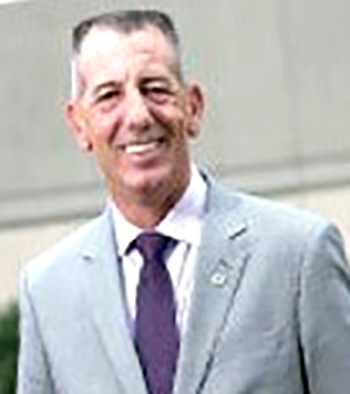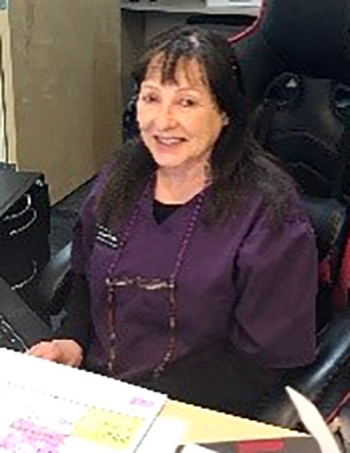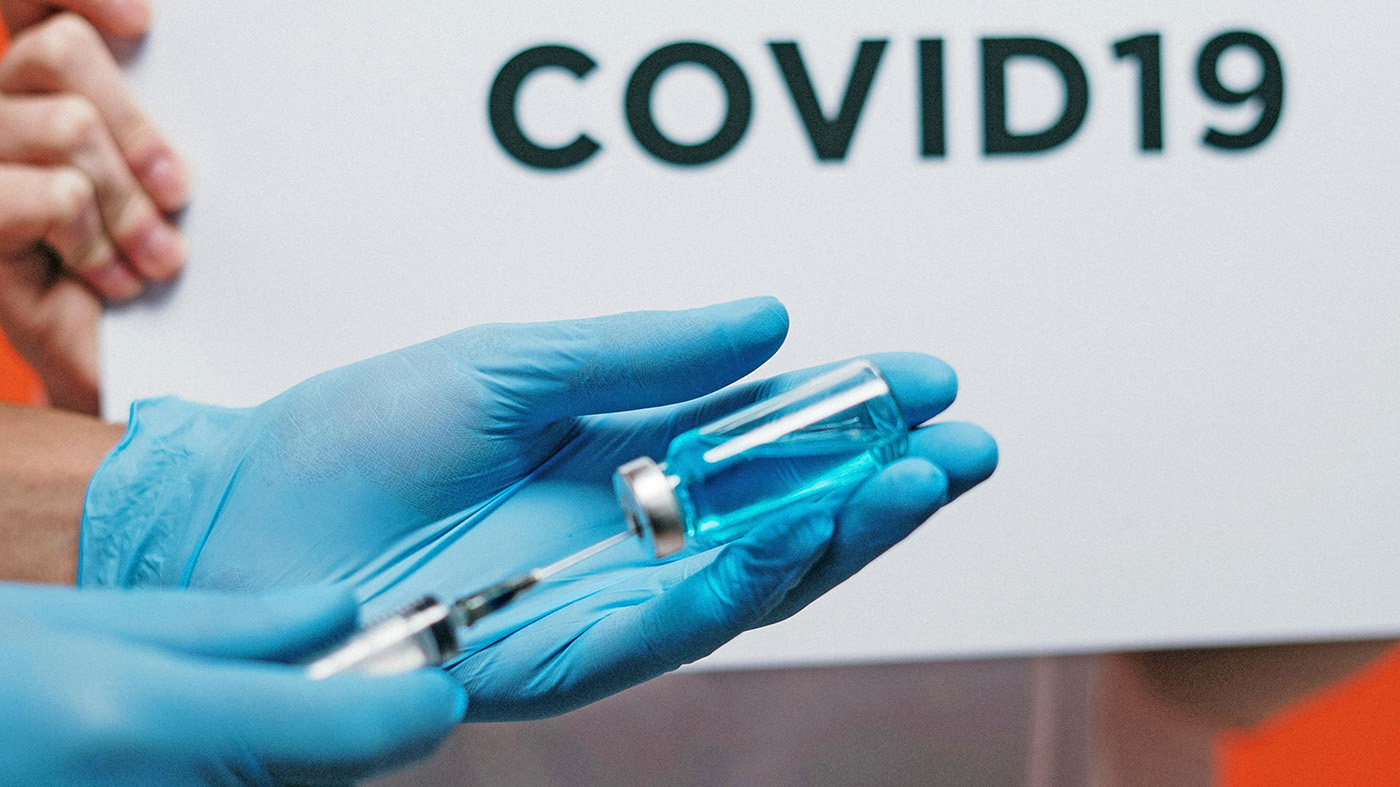Bystander intervention works. It stops harassment. And VA’s Nancy Estler and Army Veteran BJ Lawrence know first-hand.
When a patient in the waiting area of the VA community-based outpatient clinic in Alamogordo, New Mexico, directed an inappropriate comment at a female provider delivering his care, Estler, a medical clerical assistant, sprang into action.
Lawrence witnessed it all.
“Well, if I knew you were gonna be this pretty, I would’ve showered today,” quipped the Veteran standing at the reception desk. “That’s inappropriate,” Estler firmly told the Veteran.
“Would you like me to wear something sexy for my next exam?” he continued. The provider froze at his remarks. Estler was floored by his brazenness and quickly told him to stop.
“She got his attention,” Lawrence said about the mild-mannered Estler, who remained professional throughout the encounter.
Firm and direct
“She wasn’t loud, she wasn’t rude. She didn’t move towards him,” Lawrence said. Estler was firm, professional and direct, and let the patient know that his behavior was unacceptable, he explained.
The patient apologized.
“I believe such quick and corrective action as Ms. Estler displayed is what we need to do to send a message that unacceptable behavior and comments will not be condoned nor tolerated,” said Lawrence. He was working as executive director for the Veterans of Foreign Wars in charge of national Veteran services and legislative departments on Capitol Hill at the time of the incident.
He commended Estler, recognizing her professionalism and strength to speak up at the time of the incident.
Estler said she would do anything for the Veterans she served. She believes she won the Veteran’s respect because she stood her ground and was firm with her expectations. Estler educated the Veteran on what behavior is tolerated and what is not.
She used the “Be direct” technique taught in bystander intervention training. Estler recommends others learn basic techniques to help identify and stop harassment.
Define harassment
Any individual, regardless of gender, can experience or exhibit harassment. Sexual harassment is unwelcome verbal or physical contact of a sexual nature. This can also include offensive remarks about a person’s sex or gender.
Learn techniques like those Estler used by taking VA’s free, online Bystander Intervention Training Course. The 30-minute training explains how to recognize harassment, how to respond, and how to get help.
Bystander intervention techniques taught in the course include the four D’s:
- Be Direct: Address the harasser (if comfortable and safe doing so).
- Distract: Divert attention (for example, ask for directions).
- Delegate: Find a third party to help (for example, VA Police).
- Document: Write down information about incident (hand to experiencer).
Becoming familiar with these techniques increases the chance of a successful intervention and contributes to a welcoming environment at VA.
Show your support
Join VA in standing up to stop sexual assault and harassment this April as part of Sexual Assault Awareness and Prevention Month by taking the White Ribbon VA Pledge:
“I, [your name], pledge to never commit, excuse or stay silent about sexual harassment, sexual assault or domestic violence against others.” Document your commitment here.
Topics in this story
More Stories
Study underscores important role COVID vaccination can have in protecting Veterans from infection and reducing long-term health consequences
Columbia VA’s robotic surgery teams completed their 800th robotic surgery and are on schedule to hit 1,000 by the end of the year.
In a decentralized clinical trial, Veterans can participate from their own homes or local VA instead of having to travel to a research site.









The lead-in to the story says, “a clerical assistant sprung into action after seeing a patient being harassed a provider.” I won’t debate use of “sprung” instead of sprang but I don’t believe the “being harassed” is correct, should have been “harassing”
Good article and advice on dealing with bias and harassment.
The white ribbon program at the VA system I receive treatment at is simply bogus eyewash. I have raised documented issues thru the various staff levels and they have gone unresolved. Request any help you can provide on this.